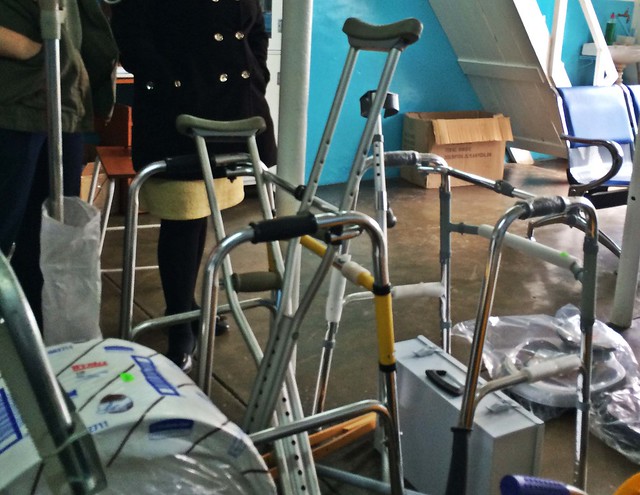What makes you tick? Why do you do the work you do? What motivates you? They’re questions that seem like they should have definitive answers. The time-worn wisdom of the Disney Channel would have you believe that everything you do should lead you to your dreams. After all, what nobler thing is there than to work towards your passions? But as the more hard-hearted economists explain it, a lot of our behavior is motivated by a complex set of incentives (salary, social status, familial expectations, competition, etc.) that can be both intrinsic and extrinsic. In the context of low-resource health settings, the misalignment of these incentives can often be a pillar that props up inefficient systems or less-than-ideal practices.
The Good
I’ve seen several examples of incentives working in favor of the Malawian healthcare system. One example is the health passports, which I talked about more extensively in an earlier post. These passports are a good example of incentives in action. They ensure that doctors will be able to give the patient a high level of care since clinicians can gain full knowledge of a patient’s medical history. Since families want the best care for themselves and their relatives, they have strong incentives to take care of their health passports and bring them to medical visits.
In another example, the MoH under the administration of Peter Mutharika increased salaries for doctors. It was certainly not an easy decision to make in a country that has a limited budget to dedicate to healthcare expenditures. However, in practice, this may attract more students to the medical field. Higher salaries will hopefully be a good first step in addressing the dire shortages of doctors and medical staff that Malawi currently faces.
The Bad
One obvious example of bad incentives stems from the dominance of public sector healthcare in Malawi. Since the government is largely in charge of acquiring and distributing drugs, equipment, and other medical supplies, there is little to no incentive for private companies to enter the market for these goods. There are private hospitals sponsored by NGOs or religious organizations (see Renata and Nkechi’s blogs about St. Gabriel’s), but even these hospitals often get supplies from the Ministry of Health. What isn’t acquired from the MoH is usually donated by foreign organizations. This system has crowded out the private market, leaving very few opportunities for private medical supply stores to pop up. We visited a medical supply store called Bioclinical Partners, and the owners and managers explained that business was hard to come by. This is largely due to the overwhelming dominance of foreign aid and government-sponsored healthcare.
 |
 |
The Misaligned
CPAP Nurses and Coordinators are a hugely important part of the bCPAP implementation in Malawi. The people involved in this effort are extremely dedicated, hardworking, and passionate about the cause. Nurses like Chrissie and Florence champion CPAP regularly while ministry officials like Norman and Alfred train new CPAP Nurses and disseminate information. However, some of the nurses in district hospitals have less regular interactions with the CPAP project and have less intrinsic motivation and passion for the project. This is not to say that they don’t do a good job–the CPAP project would be lost without them. It’s just that they have little incentive to fight inefficiencies in the system to get good data or correct their colleagues in order to establish better CPAP-related practices. This isn’t necessarily a problem of bad incentives, though. Instead, it’s a problem of misaligned incentives. If there was some additional extrinsic motivation, say a competition for CPAP Coordinator of the Month or achievement-based certificates, it’s possible that CPAP officers in the districts would push for the program just as much as its champions at Queens and the MoH.